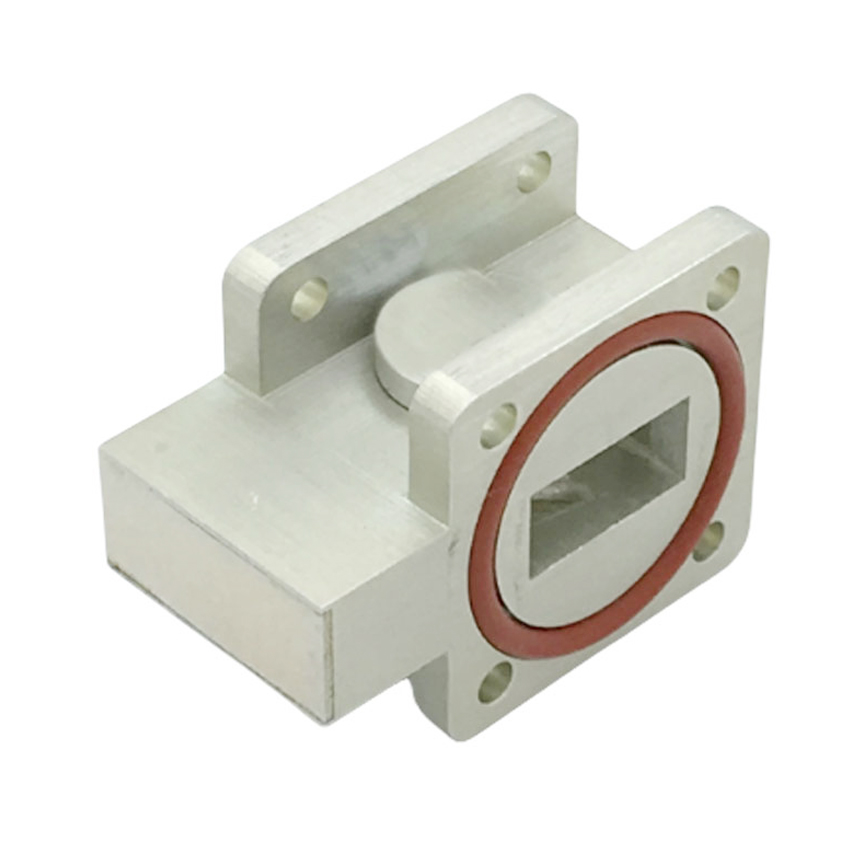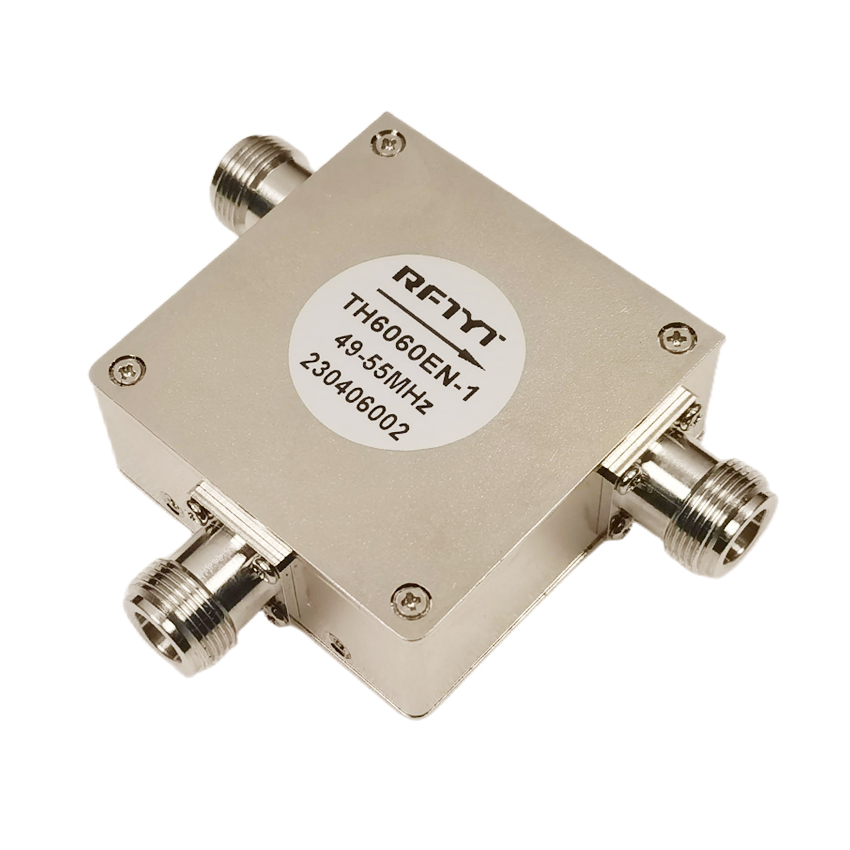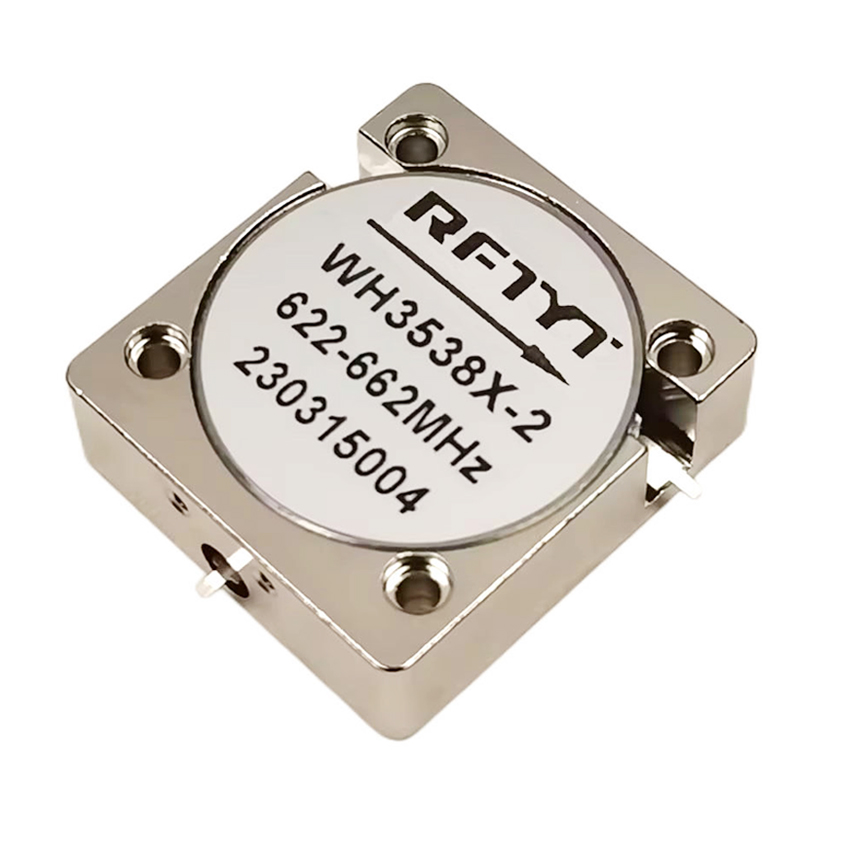
Products
Coaxial Inset Termination
Overview
The Inset coaxial load is connected to the testing equipment or system using coaxial connectors. Common coaxial connectors include N-type, SMA type, etc., which are characterized by convenient connection and good impedance matching. The core part of the built-in coaxial load is the load element, which is responsible for absorbing and dispersing power in the circuit. Load components typically use high-precision resistors that can withstand a certain amount of power and convert it into heat. The Inset coaxial load is also equipped with a thermal dissipation structure, which is used to effectively dissipate the heat generated by the load components to ensure long-term stable operation of the load. Common heat dissipation structures.
Due to its use of high-precision load components and heat dissipation structure, Inset coaxial loads can withstand high power levels, typically operating in the range of a few to tens of watts. The Inset coaxial load can cover a wide range from low frequency to high frequency, suitable for testing and debugging of RF circuits and systems in different frequency bands. The Inset coaxial load has been carefully designed and manufactured, with good stability and reliability, and can work stably for a long time, ensuring the accuracy of test data. At the same time, the Inset load usually has the advantages of small size and low weight when designed, as it needs to be integrated and assembled into the equipment.
The Inset coaxial load plays an important role in the testing and debugging of RF circuits and systems. By connecting to the circuit or system to be tested, it can simulate loads under real working conditions, evaluate the performance of the circuit and system, and assist engineers in troubleshooting and optimizing design. Therefore, Inset coaxial loads are widely used in the research and production processes of communication, radio, radar, satellites, and other fields.
Data Sheet
| RFTRFTYT DC-18GHz RF Inset Termination | |||||
| Power | Connector Type | Impedance (Ω) | VSWR max | Freq.Range & Data Sheet M Type | Freq.Range & Data Sheet F Type |
| 7W | SMP | 50Ω | 1.35 | 18G-M Type | 18G-F Type |
| 10W | SMA | 50Ω | 1.30 | 3G 4G 6G 8G 12.4G 18G | 3G 4G 6G 8G 12.4G 18G |
| N | 50Ω | 1.35 | 3G 4G 6G 8G 12.4G 18G | 3G 4G 6G 8G 12.4G 18G | |
| 20W | SMA | 50Ω | 1.25 | 3G 4G 6G 8G 12.4G 18G | 3G 4G 6G 8G 12.4G 18G |
| N | 50Ω | 1.30 | 3G 4G 6G 8G 12.4G 18G | 3G 4G 6G 8G 12.4G 18G | |
| 30W | SMA | 50Ω | 1.40 | 3G 4G 6G 8G 12.4G 18G | 3G 4G 6G 8G 12.4G 18G |
| N | 50Ω | 1.40 | 3G 4G 6G 8G 12.4G 18G | 3G 4G 6G 8G 12.4G 18G | |
| 50W | SMA | 50Ω | 1.40 | 3G 4G 6G 8G 12.4G 18G | 3G 4G 6G 8G 12.4G 18G |
| N | 50Ω | 1.40 | 3G 4G 6G 8G 12.4G 18G | 3G 4G 6G 8G 12.4G 18G | |
| 100W | SMA | 50Ω | 1.40 | 3G 4G 6G 8G 12.4G 18G | 3G 4G 6G 8G 12.4G 18G |
| N | 50Ω | 1.40 | 3G 4G 6G 8G 12.4G 18G | 3G 4G 6G 8G 12.4G 18G | |
| 150W | N | 50Ω | 1.40 | 3G 4G 6G 8G 12.4G 18G | 3G 4G 6G 8G 12.4G 18G |
| 200W | N | 50Ω | 1.40 | 3G 4G 6G 8G | 3G 4G 6G 8G |
| 250W | N | 50Ω | 1.40 | 3G 4G 6G 8G | 3G 4G 6G 8G |
| 300W | N | 50Ω | 1.40 | 3G 4G 6G 8G | 3G 4G 6G 8G |







